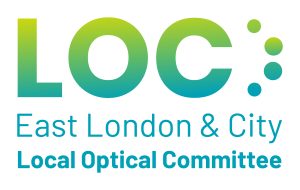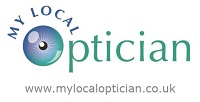EYECARE FOR CHILDREN
Most of what children learn is from what they see around them so it is very important for them to get their eyes examined at a young age. Often it is not until they start school that they or their teacher realise that they aren’t seeing as well as other children and this can sometimes cause difficulties for them by slowing down their learning. So it is important to have things checked before they start school and around the age of 3 is a good time to start or younger if you think there are difficulties. If they have vision problems the sooner they are corrected the better.
Your Optometrist has special ways to examine children’s eyes at different stages of their development and can use picture charts for children who don’t know the alphabet. The Optometrist will test how well each eye can see on its own and how well they work together. Children do not need to answer any questions in order to find out what, if any, lenses are needed to help them see clearly.
Eye examinations for children are paid for by the NHS up to and including the age of 16 or 19 if they are in full-time education and this examination covers more things than their routine developmental checks. If children need spectacles the NHS also helps with the cost.
The most common eye problems for children are long or short sight, astigmatism, colour blindness, a ‘lazy’ eye and squint. Needing glasses or having eye problems can run in the family so it makes it even more important for children’s eyes to be examined if anyone in your family needs glasses or have eye problems.
Long sight (hypermetropia) occurs when the eye is too weak in power or too short in length. This can make the eye try too hard to focus can cause headaches, problems with closework or sometimes a squint. Long sight is common in children and small amounts don’t always need glasses but your Optometrist will monitor this.
Short sight (myopia) occurs when the eye is too strong in power or too long in length. This can make things blurred in the distance but short sighted people can normally see close up objects clearly.
Astigmatism occurs when the eye is rugby ball shaped and can cause vision to be blurred at all distances. You can have astigmatism with long or short sight.
Colour blindness makes it hard to tell the difference between certain colours and is more common in boys than girls. It tends to run in the family.
Lazy eye (amblyopia) occurs when one eye doesn’t learn to see properly because of a problem focussing or with the eyes working together. It usually happens before the age of 5 and can often be corrected if found early enough.
Squint (strabismus) is when the eyes don’t work together properly and look in different directions. Sometimes in small children and babies the shape of the tissue between their eyes and nose can make them look like they have a squint when they haven’t got one but it is very important for you to have this checked by your optometrist if you are concerned.
Children’s Vision Screening Service – Tower Hamlets
There is a school vision screening service running in Tower Hamlets, whereby all reception-age school children (4-5 years) in the area are screened by one of seven accredited screeners. If they find that a child needs to be referred to a optician, the parent will be advised to make an appointment with one of their local optical practices and given a letter to take with them to their appointment.






